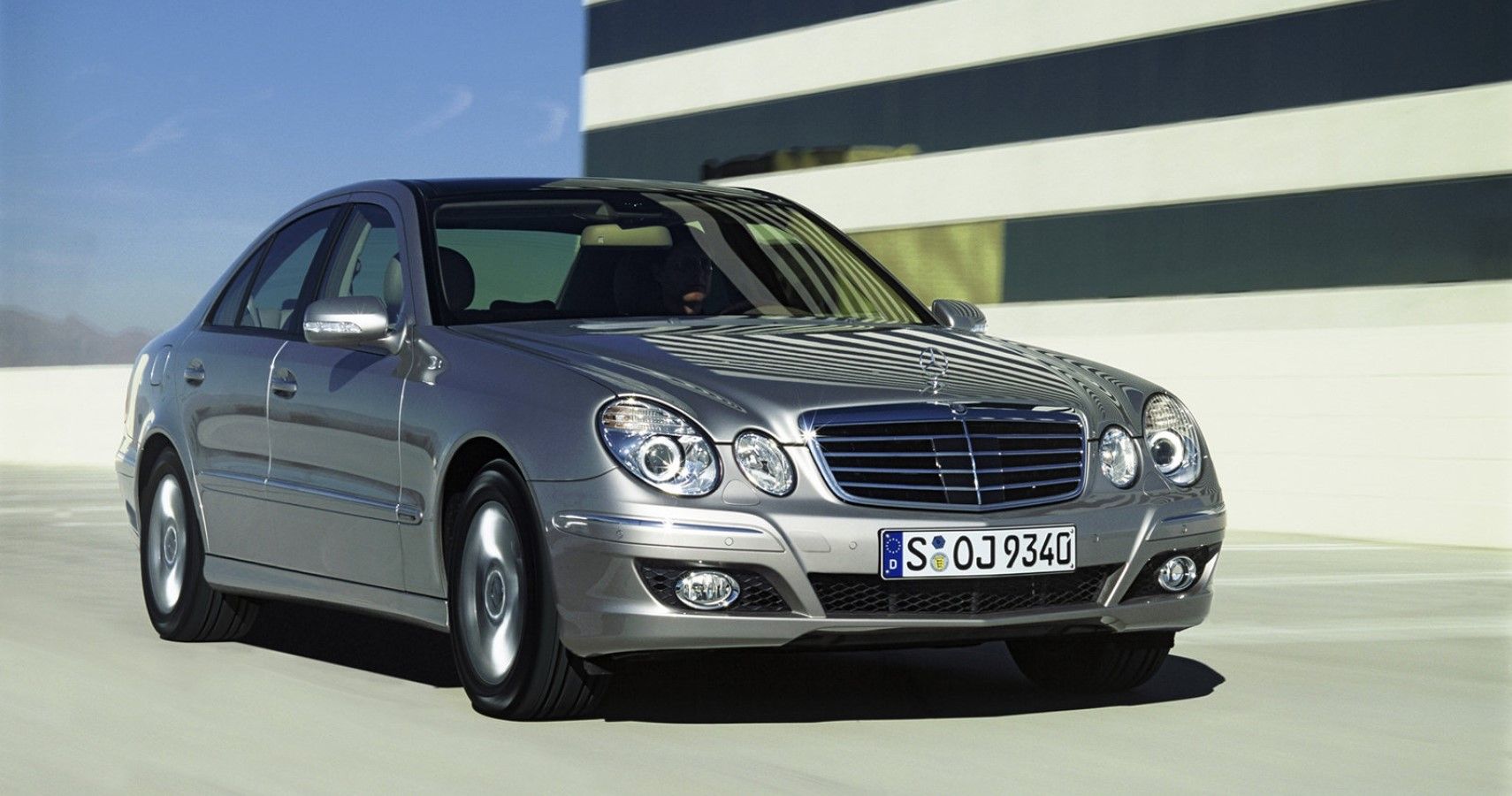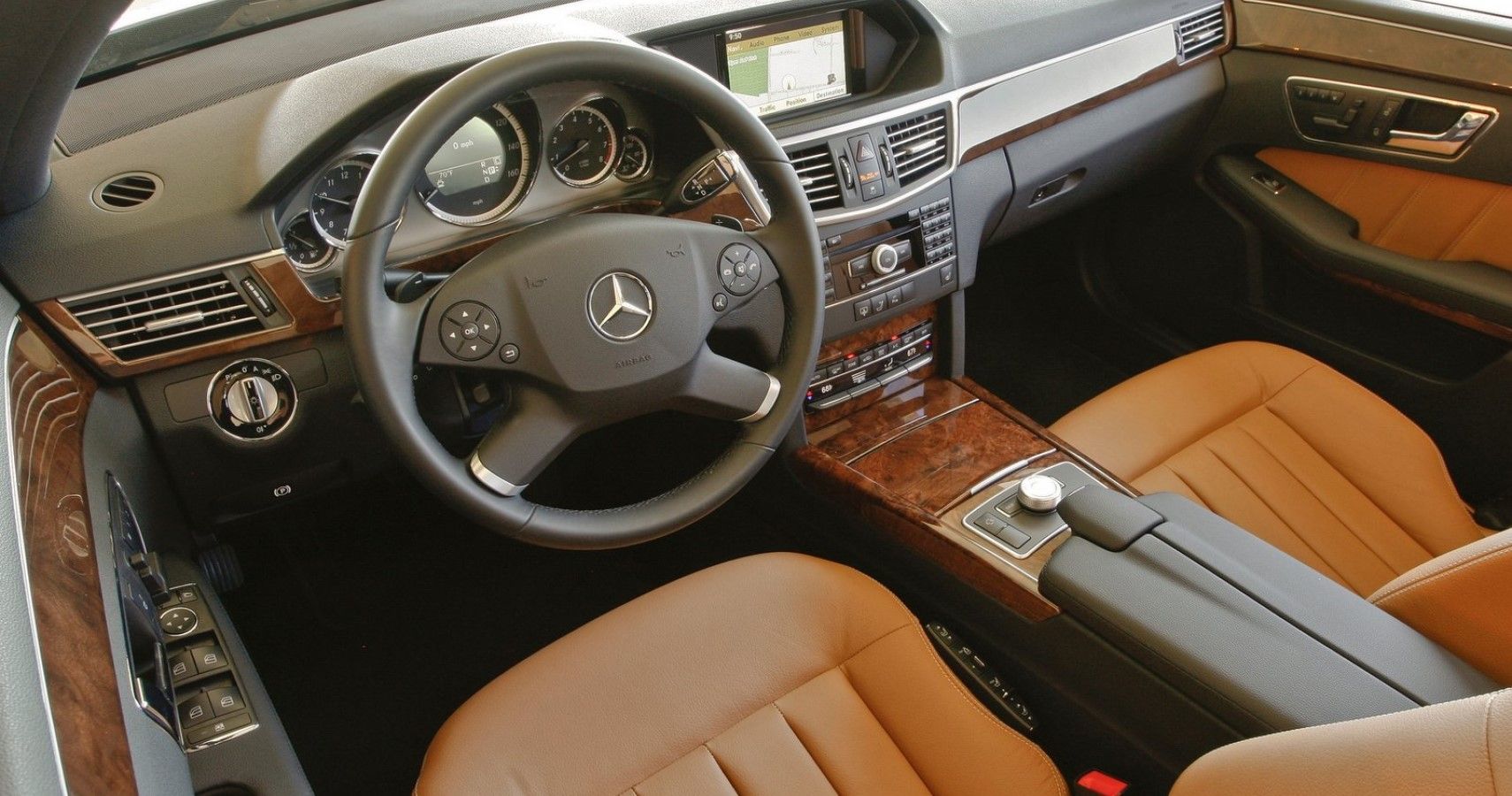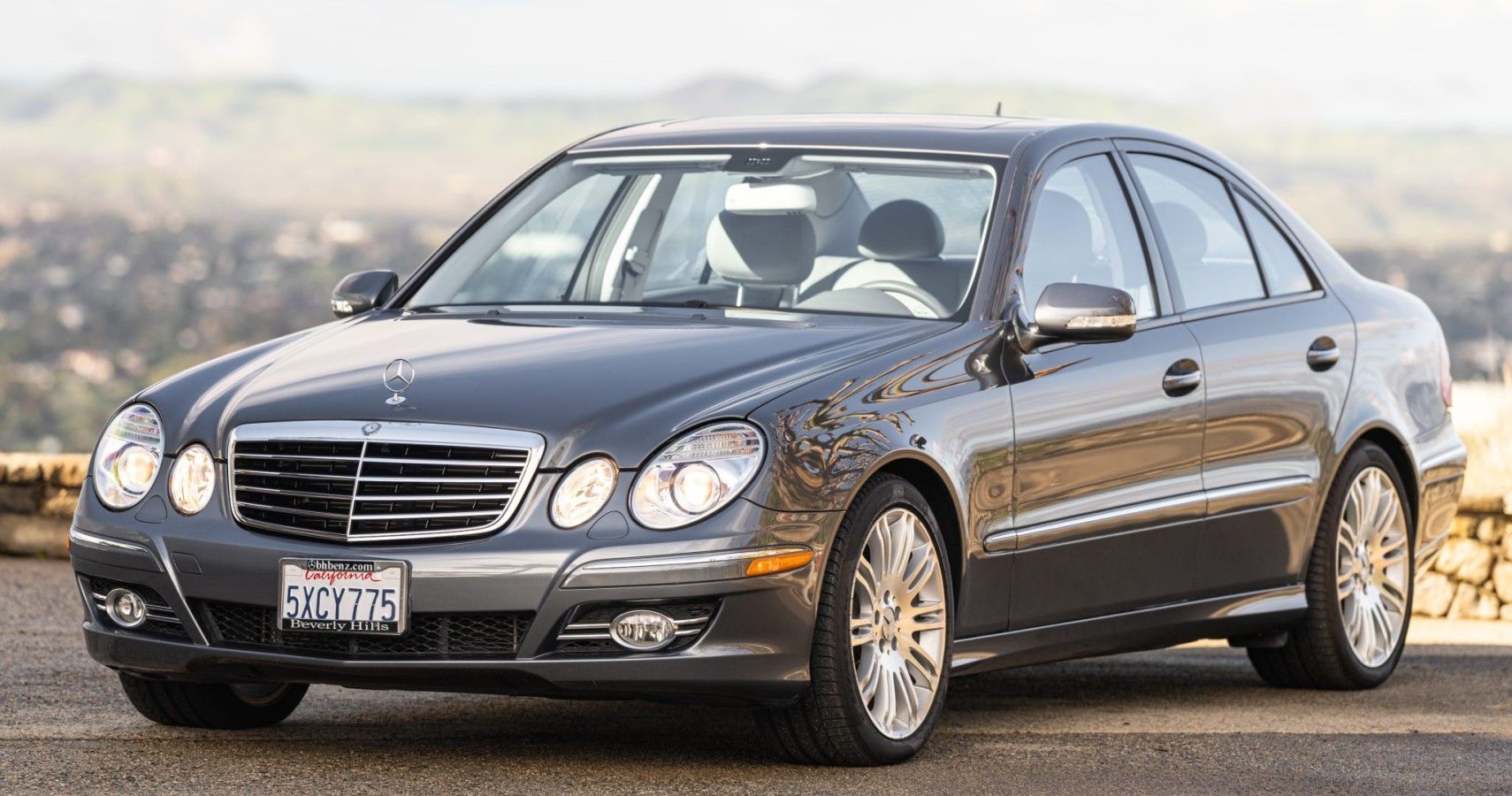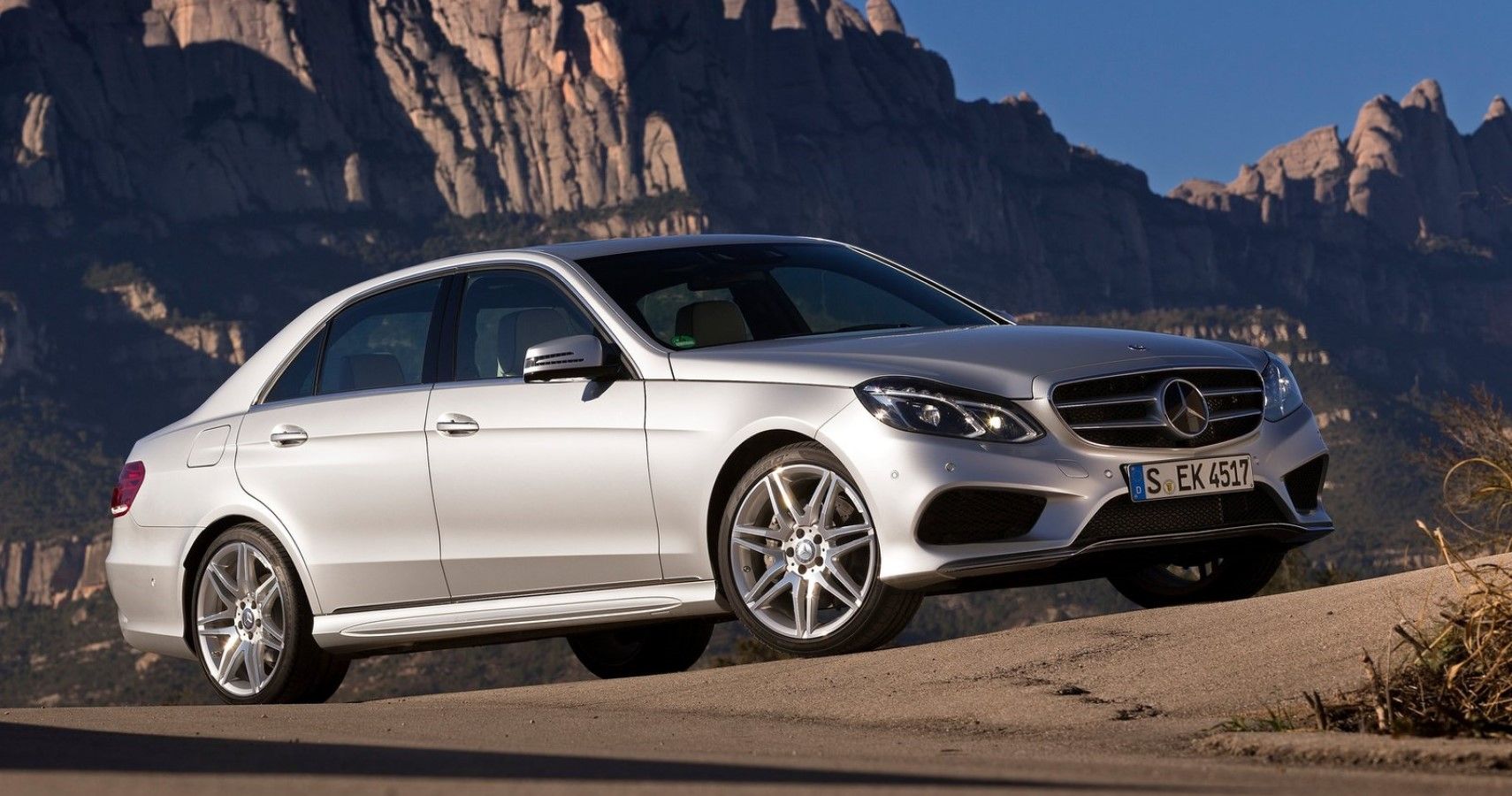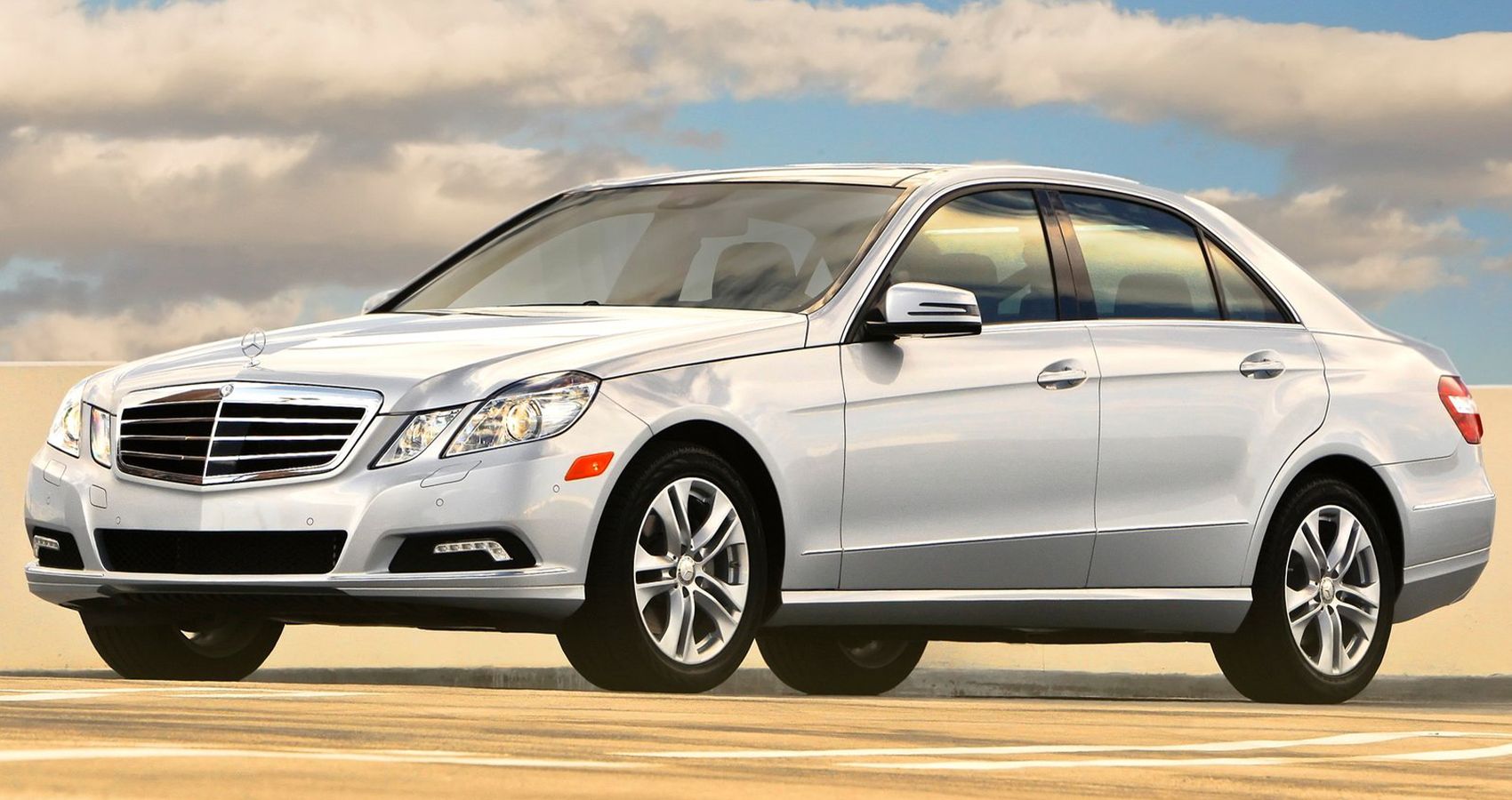Through successive generations from 1993 to now, the mid-size Mercedes-Benz E-class luxury has been the first word in everything that makes a luxury car something to aspire to own. While the 2023 Mercedes-Benz E350 starts at $56,750, which could put it out of reach for many, a used Mercedes E350 is the next best way to owing a wholesome luxury used car.
Earlier model years still provide excellent reliability and technology for buyers on a budget. But there are certain used Mercedes E-Class model years that should be avoided. Without further ado, let’s take a look at the Mercedes E350’s worst years, its longevity, and everything else you need to know before buying a used E350.
Updated June 2023: We have updated this article with more underlying problems that you should look into when buying a used Mercedes E350. We also take the optimistic route and pluck out the best E350 Mercs that you will enjoy buying used.
We collected data from sources such as National Highway Traffic Safety Administration (NHTSA), Insurance Institute for Highway Safety (IIHS), and Car Complaints to determine whether the Mercedes E350 is a reliable luxury vehicle.
How Reliable Is The Mercedes E350?
The star in a ring emblem has been the symbol of high-quality and long-lasting vehicles for decades, which is why we generally believe buying old Mercedes cars would be worth the investment. However, like any other car, the E350 had its fair share of problems throughout the early years.
Mercedes-Benz introduced the E 350 model for the first time in 2006. It was actually an upgraded replacement for the E 320 base trim level that existed until 2005. While the performance figures bumped up from 221 hp to 268 hp for the base variants, the upgrade also brought a series of problems to the table. It all started with the poor build quality of components that was actually not expected from a luxury automaker like Mercedes-Benz.
Why We Wouldn't Buy A Used Mercedes-Benz E350
If you’re in the market for a used E350 with the gasoline V6, it’s best to skip the problematic model years due to widespread issues. These include serious quality and safety issues due to failing engine components, suspension, electricals, and even airbags. Besides avoiding common problems, ensure the previous owner has taken care of the recalls. Despite all the extra care, these issues make it a messy affair to buy a used E350 Mercedes. So, it is wise to avoid the fourth-gen E-Class, which packs in most of the problematic models. But there are a few early E350 Mercedes unicorn models.
These Are The Best Mercedes E350 Model Years To Buy Used
Among the sea of unreliable early E350 Mercs, there are two specific model years that can be rewarding used luxury cars. The 2008 and 2012 Mercedes-Benz E350 models have the least recalls, investigations, and complaints when compared to all the other models till 2014.
In fact, the 2008 Mercedes E350 was even recalled in 2022 to rectify an issue with the sunroof panel. The 2008 E350 scored impressively in safety crash tests conducted by IIHS, bagging it an overall "Good" rating. The 2012 model is known for being notably reliable and has bagged a J.D. Power reliability rating of 5/5. It was also a Top Safety Pick by IIHS.
The Mercedes E350 Is Infamous For Engine & Gas Tank Issues
According to the Car Complaints website, the 2006 Mercedes-Benz E350 has the highest number of registered owner complaints and ranks as the worst model due to costly problems at low mileage. The majority of the reports pertain to the balance shaft failing prematurely.
According to the reports, owners have had to spend as much as $4,850 out of their own pockets to replace the balance shaft. On average, the problem occurred after 85,800 miles. Another frequently-reported issue with the 2006 E350 is fuel leaking from the fuel tank gasket.
Owners have mentioned a strong gas odor after filling their cars up. After inspection, dealers told owners they had to replace the tank gasket for around $1,200. Like the previous issue, it is another common problem occurring well below the 100,000-mile mark.
The Mercedes E350 Airbag And Suspension Failure Pose Serious Threat
Over 200 owners of the 2010 model have registered complaints with the National Highway Traffic Safety Administration (NHTSA) website. About half of the reports concern malfunctioning frontal airbags. Thankfully, Mercedes provided remedies through multiple recalls. Owners can visit dealers and have the defective airbags replaced free of charge.
Several owners have complained about problems with the suspension. Some owners have reported premature fracture and corrosion on the rear suspension; others have mentioned the air struts failing and lowering the car too much. “My car drops overnight. Some days my front would drop to the floor, some days my rear, and some days the whole car will be on the floor,” quoted one owner on NHTSA. The issue can be solved by replacing the air struts.
Many 2007 Mercedes-Benz E350 owners have complained about similar suspension issues, making it another model year you should steer away from when buying a used car. But when compared to the 2006 MY, Mercedes-Benz did try and turn things around.
The 2007 E350 has one investigation and over 400 complaints, as opposed to the 2006 MY's three investigations and over 500 complaints. But the 2007 Mercedes E350 gets a new recall for a possible rear suspension system failure. It only affects the E350 wagon models, though.
Mercedes-Benz E-Class Rim Cracking Issues Are Shocking
Reports on Car Complaints and the NHTSA indicate a problem with the 2014 Mercedes E350’s bass amplifier. According to owner complaints, the bass amplifier starts popping and crackling loudly. In some cases, owners have sensed a burning smell or seen smoke coming from the speaker system. Some owners received remedies from Mercedes dealers under warranty, but the issue occurred again.
Last but not least, several owners have filed complaints about the 2014 E350’s wheels. The two common issues are the rims cracking and flat tires. Some owners have had up to six blowouts in less than three years. Although it’s a common issue, Mercedes hasn’t recalled the 2014 model for anything related to the tires.
Why A 250,000-Mile Used Mercedes E350 Should Be Avoided?
According to reputable automobile sources, a Mercedes E350 can last anywhere between 200,000 to 250,000 miles with the original engine and transmission. Driving habits play a significant role in a vehicle’s lifespan. So if you’re the third or the fourth owner of an E350, it is safe to expect major powertrain overhauls around the 150,000-mile mark.
Apart from this, there are major reliability and safety issues that make living with a used E350 a painful affair. The 2014 model, for example, had nine recalls about severe issues, including malfunctioning airbags, oil leaks, and loos of electric power steering assist.
The average driver in America racks up roughly 14,000 miles on the odometer in a year. That translates to 14 to over 18 years of service for the Mercedes E-Class. Following the manufacturer’s official maintenance schedule is vital to keep a Mercedes E350 up and running. Some essential services include:
- Service A (At 10, 30, 50, and 70 thousand miles): replace Synthetic oil and oil filter, inspect all fluid levels, check the tires and brakes, and reset the maintenance counter.
- Service B (At 20, 40, 60, and 80 thousand miles): all the previous services, plus replacing the cabin air filter and brake fluid.



